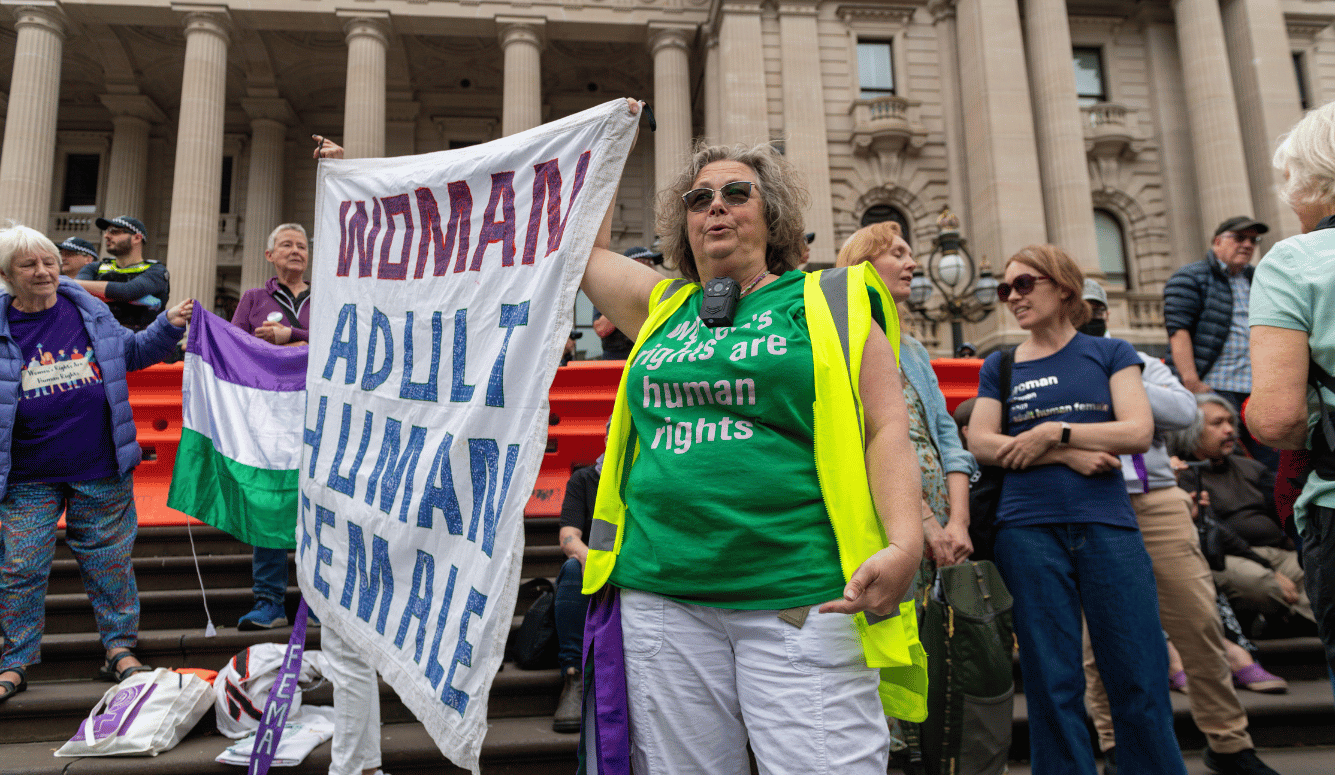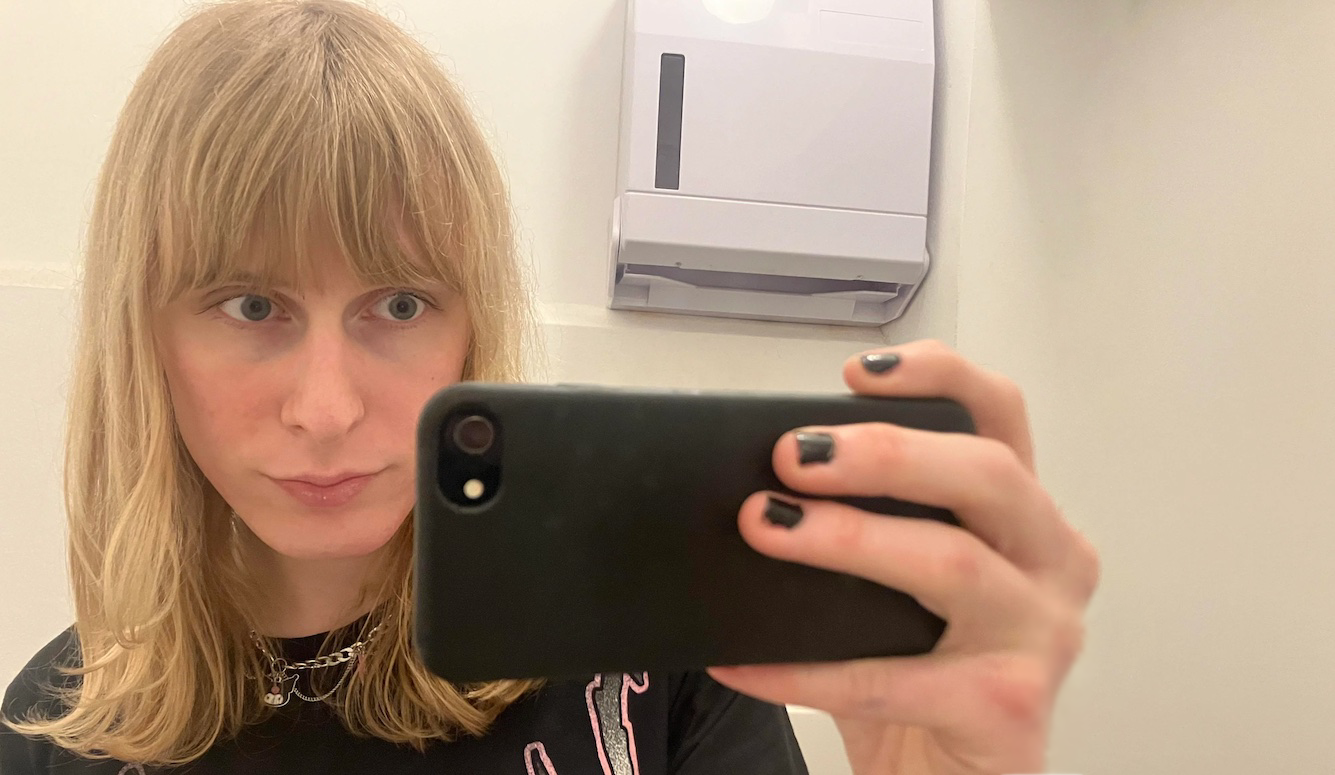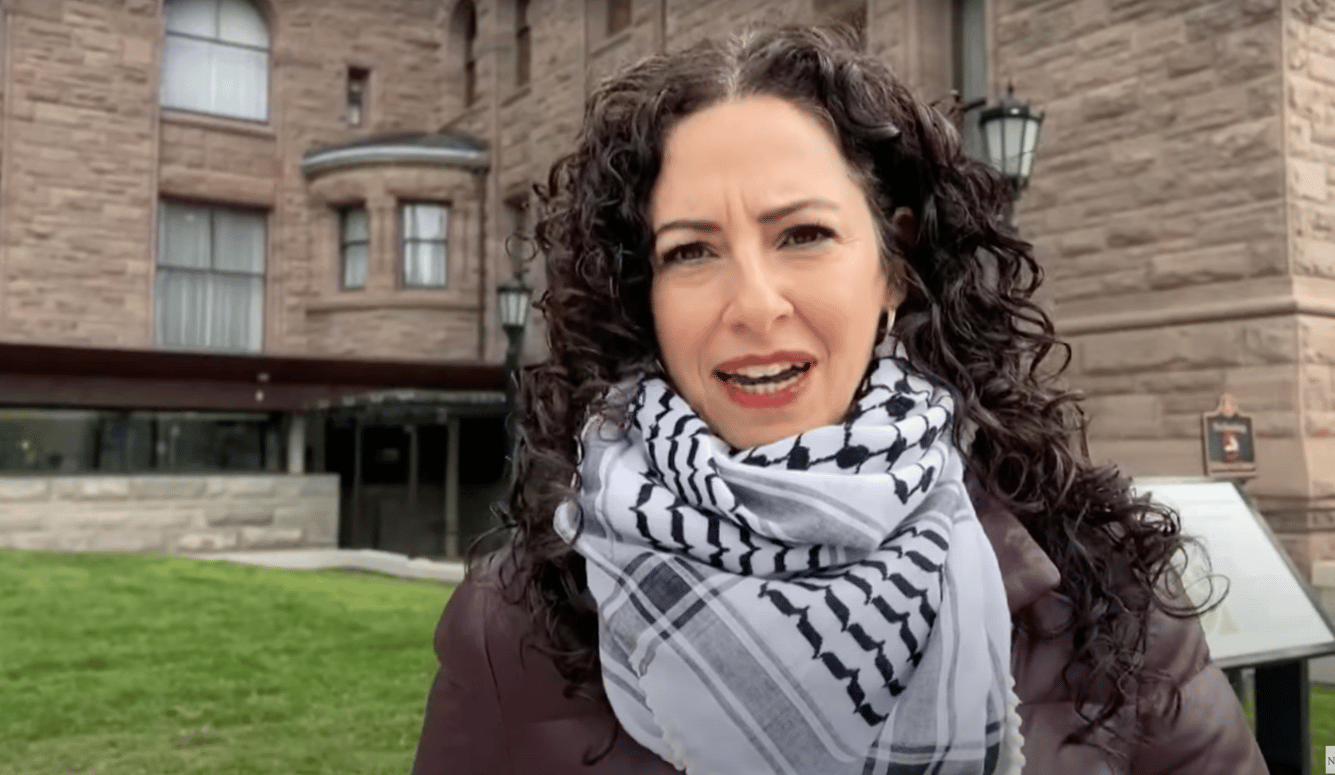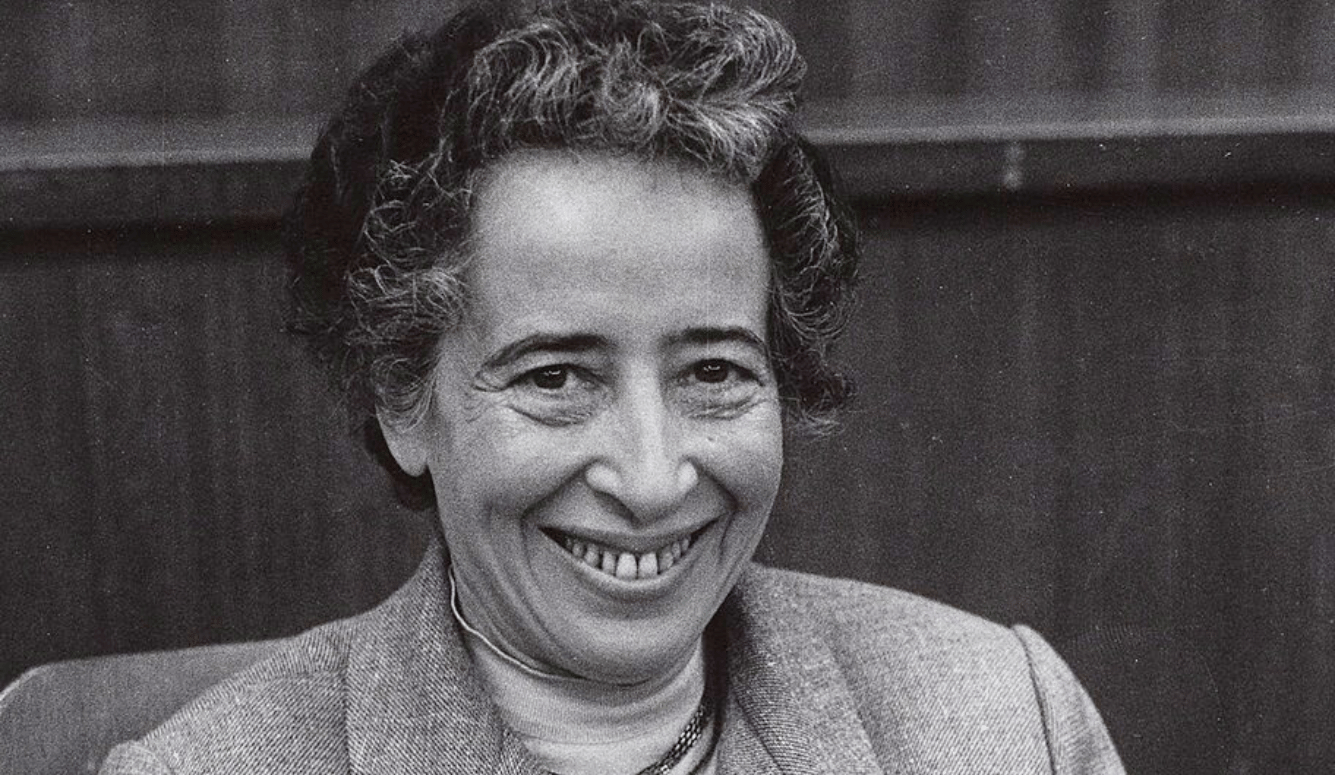Ideology and Facts Collide at Oberlin College
The recently concluded libel trial involving Oberlin College offered a demonstration of this phenomenon on the part of both the defendants and much of the media covering the case.

Our political and media cultures are suffering the effects of too many opinion-havers and too few fact-finders. This can make it difficult to figure out what is going on in a story and to distinguish fact from partisan or ideological bias, especially when those biases flatter our own. The recently concluded libel trial involving Oberlin College offered a demonstration of this phenomenon on the part of both the defendants and much of the media covering the case. On June 7, an Ohio jury found that Oberlin College had libelled a local shop, Gibson Bakery and Market, as racist, and awarded the family business hefty damages. The case aroused a great deal of interest in legal, academic, and civil rights communities, which in turn produced a great deal of commentary, much of which was tendentious, speculative, and/or uninformed.
The news coverage of this case was puzzling from the beginning. It was a case that involved college student protests, a liberal arts college with a history of progressive activism, free market economics, free speech, defamation, accusations of racism, and other timely issues. The media used to love stories like these, but now they don’t seem to know what to do with them. Because life is often complicated and the facts don’t readily fit the political narratives on the Left or Right.
On November 9, 2016, three African American Oberlin students—a 19-year-old sophomore named Elijah Aladin and two female classmates, Endia Lawrence and Cecelia Whettstone—tried to buy a bottle of wine using a fake ID and were refused. Allyn Gibson, the owner’s son, then found that Aladin was concealing another two bottles beneath his jacket. As Gibson grappled with Aladin, Lawrence and Whettstone intervened, and a skirmish ensued until the Oberlin police arrived and detained the three students. Lawrence and Whettstone were booked for assault and bailed, while Aladin was taken to the county jail to await arraignment on a felony charge of robbery.
Oberlin College campus immediately erupted into protest. The protesters were convinced that their black colleagues had been racially profiled by a racist white business and its staff and they urged an immediate boycott. The College discontinued a purchasing agreement with the bakery and the student Senate passed a resolution which stated, “the Students of Oberlin College immediately cease all support, financial and otherwise, of Gibson’s Food Market and Bakery.” As business at the bakery began to suffer, the Gibson family responded by filing a legal complaint for libel against Oberlin for its role in supporting and amplifying its students’ defamatory claims.
As a freelancing writer for the Legal Insurrection blog on this case, I was the only national reporter who covered it from beginning to end. For seven weeks, I sat in the courtroom listening to witness testimony and poring over emails and texts and thousands of pages of evidence. I saw what the jury saw.
The Protests
A number of commentators have speculated that the uproar was partly a response to the presidential election result the day before the incident in the bakery. The news coverage at the time (for instance, here and here) seemed to reflect that. Had the incident occurred in August 2016 or February 2017, it is quite possible that I would not be writing this. But the pot was already boiling, and a minor dispute like this one was accelerant on the fire beneath it. As the protests intensified in this feverish atmosphere, conflicting rumor and hearsay about what had occurred on November 9 swept across campus and the media. We are now in a position to be able to separate misinformation from fact.
This is how the police report described the scene they found at the bakery minutes after the shoplifting:
On Wednesday, November 9, 2016, at approximately 4:58pm, officers responded to the area of Gibson’s Bakery in reference to a report of a fight in progress. As officers were responding to the area, dispatch advised that this was involving an alleged theft complaint. Dispatch advised that Allyn Gibson, who is an employee of Gibson’s Bakery, was attempting to apprehend a subject who Allyn had witnessed attempt to steal several items. As officers approached the area, Sgt. Ortiz, and Officer Feuerstein both stated they observed Allyn Gibson lying on his back with several individuals kneeling over him punching and kicking him with several other individuals in the immediate area. Officers attempted to gain control of the situation and were met several times with resistance from several different individuals. After a few minutes officers were finally able to take one female into custody and calm the incident and attempt to figure out what had taken place.
Activists on campus immediately concluded the arrest of the three students was evidence of racial profiling, which suggests an assumption that either the students were falsely accused on account of their race, or that Gibson’s was happy to allow whites to shoplift but drew the line at blacks. I heard versions of these two theories during interviews I conducted with dozens of the student protesters. The day after the incident, about 200-300 students and others gathered outside the bakery. Inflamed with righteous anger, they chanted accusations of racism and distributed flyers that read:
DON’T BUY. This is a RACIST establishment with a LONG ACCOUNT of RACIAL PROFILING AND DISCRIMINATION.
Today we urge you to shop elsewhere in light of a particularly heinous event involving the owners of this establishment and local law enforcement.
PLEASE STAND WITH US.
A member of our community was assaulted by the owner of this establishment yesterday. A nineteen y/o young man was apprehended and choked by Allyn Gibson of Gibson’s Food Mart & Bakery. The young man, who was accompanied by 2 friends was choked until the 2 forced Allyn to let go. After The [sic] young man was free, Allyn chased him across College St. and into Tappan Square. There, Allyn tackled him and restrained him again until the Oberlin police arrived. The 3 were racially profiled on the scene. They were arrested without being questioned, asked their names, or read their rights. 2 were released shortly after and charged with assault. The young man is being held in Lorain County Jail, charged with robbery. No bail until his arraignment this Friday 8:30 AM, 65 S. Main.
The protests occurred on Thursday, November 10 and Friday, November 11. There were no arrests for disorderly conduct by the protesters, although an Oberlin police officer at the protests described a “mob mentality” in his court testimony. The Oberlin College student Senate passed its resolution on the first night of the protests. In addition to endorsing the boycott, it read:
A Black student was chased and assaulted at Gibson’s after being accused of stealing. Several other students, attempting to prevent the assaulted student from sustaining further injury, were arrested and held by the Oberlin Police Department. In the midst of all this, Gibson’s employees were never detained and were given preferential treatment by police officers.
Gibson’s has a history of racial profiling and discriminatory treatment of students and residents alike.
But, despite the students’ claims and the vehemence of the language with which they were made, police and others testified that there had been no complaints or allegations of racism made against the family business since it opened in 1885. Not one.
Locals figured the school had this all wrong. A longtime Oberlin resident, Emily Crawford, who also worked in the school’s communications department, sent an email to her bosses during the protests which was forwarded to senior members of the college’s administration. It read:
I have talked to 15 townie friends who are poc (persons of color) and they are disgusted and embarrassed by the protest. In their view, the kid was breaking the law, period (even if he wasn’t shoplifting, he was underage). To them this is not a race issue at all and they do not believe the Gibsons are racist. They believe the students have picked the wrong target … I find this misdirected rage very disturbing, and it’s only going to widen the gap (between) town and gown.
Later that week, a letter was sent by school President Marvin Krislov and Dean of Students, Meredith Raimondo (later named, along with the college, as co-defendant in the case) to the student body. Here is a part of what it said:
Dear Students,
This has been a difficult few days for our community, not simply because of the events at Gibson’s Bakery, but because of the fears and concerns that many are feeling in response to the outcome of the presidential election. We write foremost to acknowledge the pain and sadness that many of you are experiencing. We want you to know that the administration, faculty, and staff are here to support you as we work through this moment together.
Regarding the incident at Gibson’s, we are deeply troubled because we have heard from students that there is more to the story than what has been generally reported. We will commit every resource to determining the full and true narrative, including exploring whether this is a pattern and not an isolated incident. We are dedicated to a campus and community that treats all faculty, staff and students fairly and without discrimination. We expect that our community businesses and friends share the same values and commitments.
Within a week of the protests, the local police produced a report which listed the age and race of every person arrested in Gibson’s for shoplifting between January 2011 and November 2016. These are the numbers: 40 arrests, 33 of which were college students; 32 were white (80 percent), six were African American (15 percent), and two were Asian (5 percent). According to the 2010 U.S. Census numbers, those figures are consistent with the town’s racial composition: 73 percent white, 14.8 percent African American, and 4 percent Asian. During the trial, a black former employee and a black current employee both vehemently defended Gibson’s against accusations of racism, either in the family’s treatment of customers or staff.
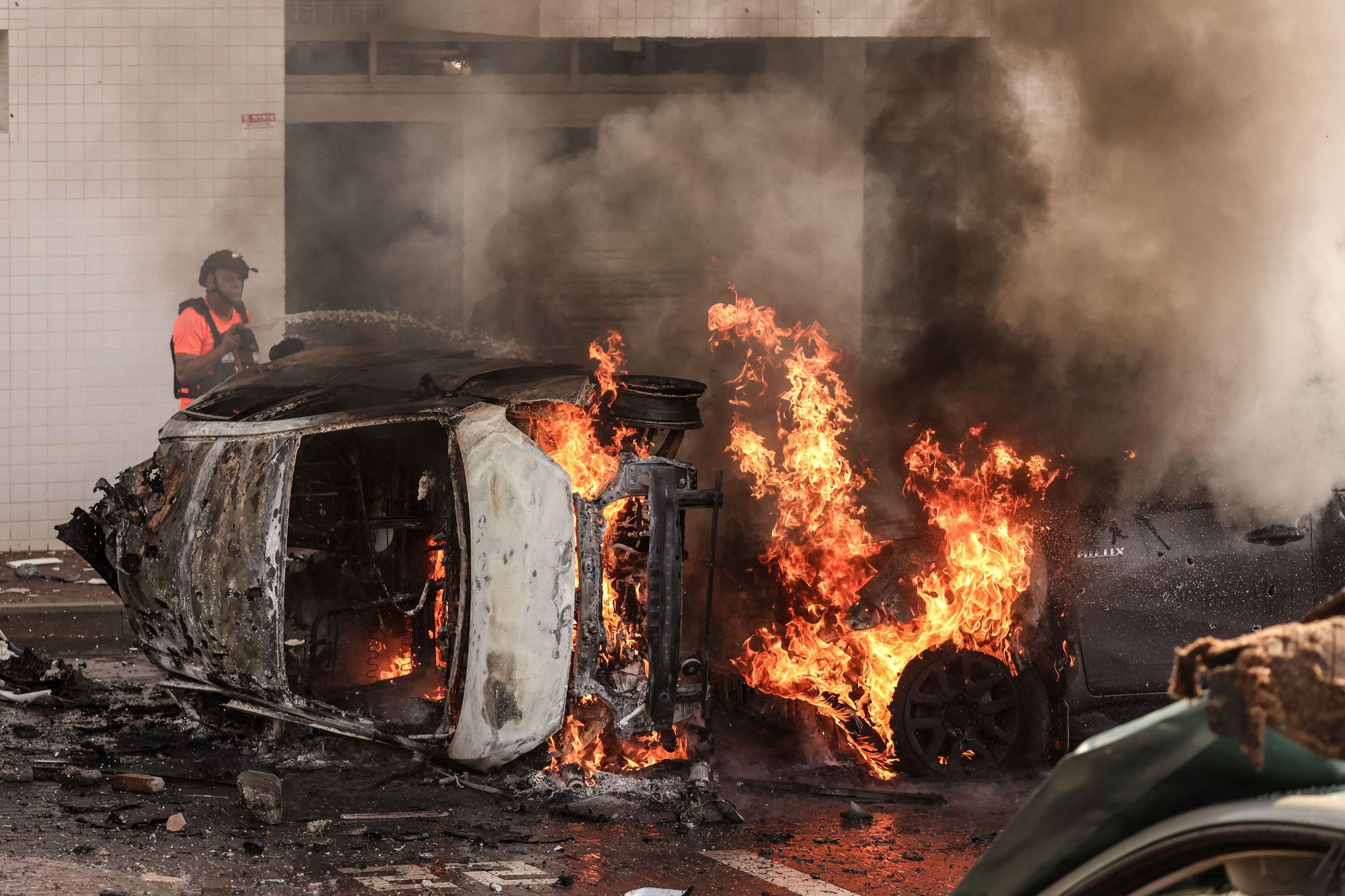
In August 2017, the three accused students, none of whom had any priors, plead out to lesser misdemeanor charges of attempting an underage alcohol purchase, and received no time in jail and a clear record after one year of probation. All three read this statement in court: “I believe the employees of Gibson’s actions were not racially motivated. They were merely trying to prevent an underage sale.”
The Trial
As the protests continued, Gibson’s Bakery & Market’s annual revenue almost halved, from about $900,000 in 2016 (from store sales and their cafeteria deal with Oberlin college) to about $500,000 in 2018. Eight full-time employees were reduced to one, and family members have had to forego their salaries (and still do, pending the receipt of damages) since the protests began. The Gibson family testified that all they wanted was for Oberlin College to send an email to the community affirming that Gibson’s was not racist and to move on. But the school refused and doubled down on its support for the protesters and their defamatory allegations.
The judge ruled all videos of the protest inadmissible, since the administrators could not be held accountable for independent student actions. But the allegations of historical racism and discrimination on the flyer and in the student resolution were deemed legally actionable. The trial therefore concerned the truth or falsity of these accusations and the role Oberlin College had played in disseminating them during and immediately after the protests. Truth is an absolute defense against charges of libel and slander. The plaintiffs’ case, therefore, did not relate to the actions of the students. At issue was whether Oberlin College “aided and abetted” false accusations. Here’s is what Lorain County (OH) Common Pleas Judge John R. Miraldi wrote about this issue in April, just before the trial started:
Under Ohio law, publication constitutes “[a]ny act by which the defamatory matter is communicated to a third party …” As a general rule, all persons who cause or participate in the publication of libelous or slanderous matter are responsible for such publication. Hence, one who requests, procures, or aids or abets, another to publish defamatory matter is liable as well as the publisher.” Cooke v. United Dairy Farmers, Inc.
Here, it is undisputed that Meredith Raimondo presented at least one individual, [local newspaper reporter] Jason Hawk, with a copy of the protest flyer. The remaining evidence surrounding the distribution of the flyer, and the explanations for doing so, are in dispute. But Plaintiffs have presented testimony from individuals who say they observed Raimondo and other Oberlin College employees handing out flyers at the protest. Further, Plaintiffs offered evidence that Defendants permitted the protesters to make copies of the flyer on the Oberlin College Conservatory’s Office’s copy machine during the protests and provided protesters with refreshments and gloves for use during the protests. Weighing all of this evidence in Plaintiffs’ favor, the Court finds there are genuine issues of material fact regarding whether Defendants published the flyer. [emphasis added]
The jury also heard just how nasty the school administrators became over the contested matter of Gibson’s alleged racism. They seemed to have sealed themselves in an ideological bubble and were incapable of entertaining any version of events but their own.
During the trial, Gibson’s attorneys sought to establish the complicity of Raimondo and other school administrators in the November 2016 protests. But they also wanted to explore the degree to which their behavior had been motivated by spite and personal ill will. To this end, they provided the jury with multiple examples of what they described as “personal beliefs overshadowing professional responsibility.”
In an email to co-executives, Ben Jones, the school’s vice president of communications wrote, “I love how these Gibson supporters accuse us of making rash assumption decisions, but are totally blind to their own assumptions.” “Fuck-em,” he concluded. “They’ve made their own bed now.” When Roger Copeland, an Oberlin College professor of theater and dance (he is “emeritus” status now) wrote a letter to the campus newspaper soon after the protests ended, criticizing the school’s treatment of Gibson’s, Jones sent a text message in caps that read, “FUCK ROGER COPELAND.” “Fuck him,” Raimondo agreed in her reply. “I’d say unleash the students if I wasn’t convinced this needs to be put behind us.”
Confronted with evidence of this kind, Raimondo was asked by the plaintiffs’ attorney Lee Plakas if her personal beliefs affected her ability and the ability of her superiors to maintain professional responsibility. “Their position,” she replied, “is to not have a position.”
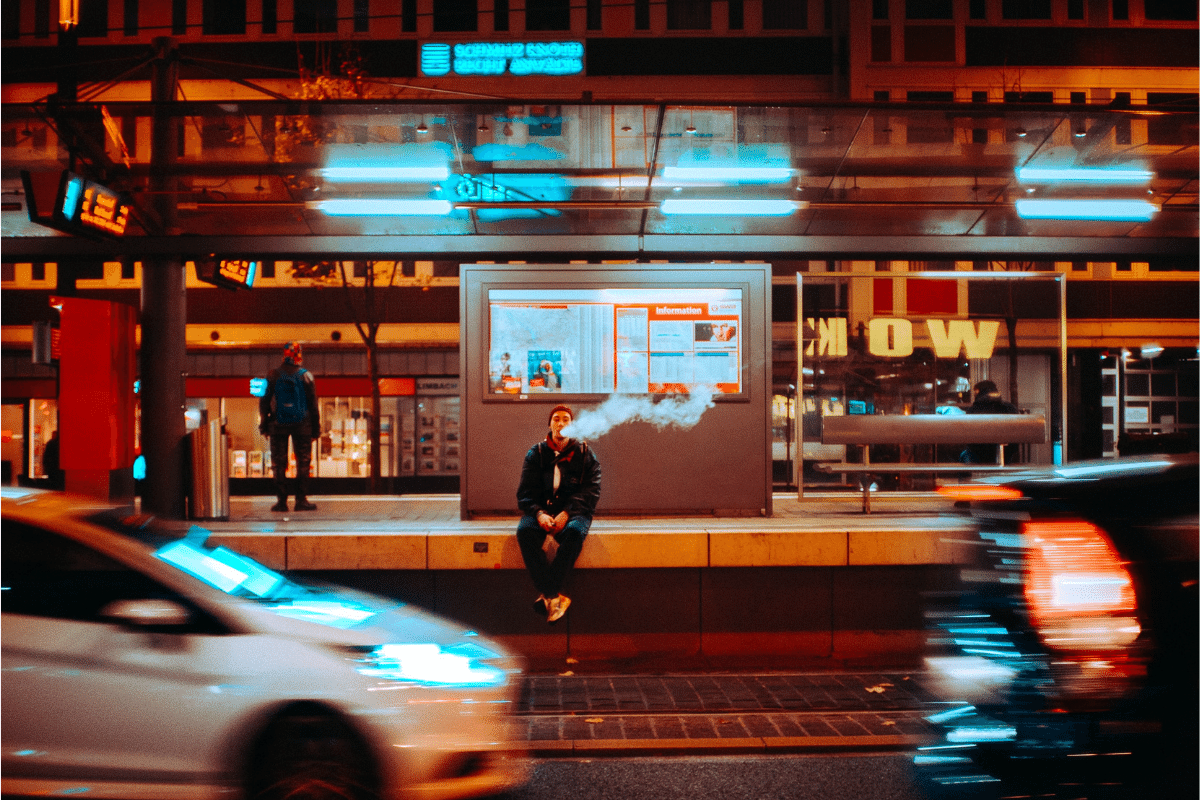
It slowly became evident that this case was not about free expression and assembly or racial injustice and civil rights. It was about something more banal. A cowardly college administration picked on a small and vulnerable business in an attempt to fend off accusations of racism it was facing from its own students.
In December 2015, the Oberlin College’s black student union published a strident 14-page paper that included 58 demands which they insisted had to be satisfied in order to address the school’s systemic racism. In the introduction, they wrote, “… you include Black and other students of color in the institution and mark them with the words ‘equity, inclusion and diversity,’ when in fact this institution functions on the premises of imperialism, white supremacy, capitalism, ableism, and a cissexist heteropatriarchy.” Apparently, they were unhappy that the college administration had dismissed their demands in late 2015, but the issue was revived by the shoplifting protest a year later.
In court, 64-year-old David Gibson, the principal owner of the bakery and food mart business, told the jury: “I look at this now and realize they wanted me to drop charges this time, and set up a system [under which] we would call the college [instead of police] for first-time offenders.” He added that, “[The school administration] had been accused of being racists by students in the previous year, and I think they used us to deflect from that problem they had. I believe they were using us as a target so that their racial problems with their students would go away.”
The jury agreed and awarded Gibson’s $11.2 million in compensatory damages for defamation and libel, $33 million in punitive damages because Oberlin College behaved with malice and ignored the truth, and an additional unknown sum to cover Gibson’s legal costs. Under Ohio law, punitive damages are capped at double the awarded compensatory damages. There are exceptions, but it is likely that $33 million will be reduced to $22.4 million or less.
There has been speculation that the verdict will be swiftly overturned on appeal. We shall have to wait and see. But civil tort law is not like criminal law. In order for an appeals court to accept the case, it would need to be convinced that the judge made egregious errors of basic law and/or that the jury ignored evidence in order to arrive at its verdict. From my seat in the courtroom for seven weeks, I didn’t see either.
Amid ongoing legal wrangling about the settlement, the school is guarded about its legal plans for now. William Jacobson has speculated that Oberlin College could get the payout reduced to about $10 million. However, a leaked email sent by current school president Carmen Twillie Ambar on June 14 to the Oberlin College community suggests the school is in this for the long haul:
Dear Members of the Oberlin Community,
By now many of you will have heard about the latest development in the Gibson’s Bakery lawsuit, a jury’s declaration of punitive damages against Oberlin. Let me be absolutely clear: This is not the final outcome. This is, in fact, just one step along the way of what may turn out to be a lengthy and complex legal process. I want to assure you that none of this will sway us from our core values. It will not distract, deter, or materially harm our educational mission, for today’s students or for generations to come.
The Implications
Will this cause schools to re-assess their rules regarding students protest on campus? It is possible, but this protest occurred off-campus, and the issue was not the protest itself, but the school’s official participation. There may also be implications for libel law in the era of social media, a theme that received a lot of attention during the case. But most libel cases involve public figures (film actors or politicians) and big media (news organizations and book publishers), and this involved neither. In fact, it was a private figure (Gibson) and an unorthodox publisher (Oberlin College). The idiosyncrasies of this case make it a poor precedent from which to draw generalizations.
When I spoke to some Oberlin College alums about this last year, a former administration official said:
Yes, the liberal bent at schools like Oberlin has them thinking a certain way … The difference now is that they don’t encourage discussion and disagreement, they want everyone to be on the same side and that is disheartening. It is about marketing because their enrollment is down.
What has happened in the Gibson case is that the school doesn’t know what to do with its minority students. A freshman from an east coast big city might come to Oberlin and find there is little for a social justice warrior to do in a small town like this, so they get frustrated. And make issues like this shoplifting thing bigger than it should be, and the school follows along.
All schools like Oberlin are going through this, because there are too many schools and not enough enrollment for them, and high tuition prices to deal with. Learning becomes secondary at times to keeping the students happy. This is the dangerous line they are straddling now, and the political climate is adding to it way too much.
Oberlin College used to be a leading institution of racial justice and civil rights (MLK spoke there in 1957). It was the first school to admit women and African Americans, was an important player during the 1960s protest movement, and a hotbed of free thought. But it also used to call itself “somewhere in the middle of nowhere,” and it no longer is. Social media and IT have made the world a smaller place. Meanwhile, the gap in the value of degrees from big and small schools has been narrowing, so why incur a $70K debt when you can get a similarly valued degree for half that.
Oberlin is a radical college filled with young students, but the county in which it sits is older and more conservative. The citizens there have lost their manufacturing jobs and saw the value of their homes fall off a cliff in 2008. This has bred a degree of resentment towards the elite colleges in their midst that cost $70K to attend (the price without grants) and now presume to imperil local businesses with ideological vendettas. This is part of what explains this case’s swingeing $44 million award.
During the trial, Gibson’s attorneys repeatedly asked the defendants to admit that Gibson’s isn’t racist, and they refused. Had they done so at the first time of asking, before this ever reached the courtroom, they would have spared everyone, not least themselves, a great deal of unnecessary pain. But they couldn’t bring themselves to do it, despite abundant evidence that they were wrong. And, in court, they were unable to explain why.
Oberlin College’s response to the verdict suggests that they are in no mood to learn anything from this pointless ordeal. They cannot come to terms with what has happened because they remain stubbornly committed to an ideological version of events. Things at Oberlin College will not improve until the administration comes to terms with reality.






